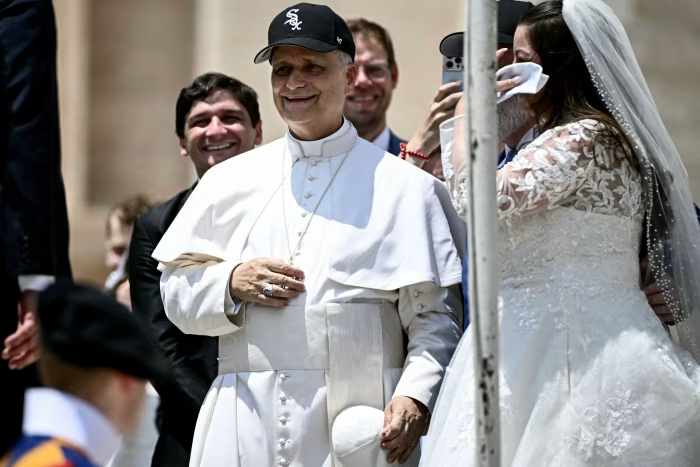CASTEL GANDOLFO (Realist English). After a 12-year hiatus, Pope Leo XIV will restore the centuries-old tradition of papal summer retreats at Castel Gandolfo, once famously dubbed the Vatican’s second home. Overlooking Lake Albano south of Rome, the 55-hectare estate is set to host the newly elected pontiff for a two-week stay starting Sunday — marking a symbolic break with the pared-down style of Pope Francis.
Local officials and residents are preparing for the return of pilgrims, security forces, and global attention. “The Holy Father is part of the heart of the city,” said Mayor Alberto de Angelis, calling the preparations for Leo’s stay “like a director preparing for a great film.”
Leo’s decision to resume the use of Castel Gandolfo — complete with tennis court and the swimming pool built by John Paul II — signals his gradual reintroduction of Vatican customs that Francis had set aside. As the first American pope, Leo is cautiously shaping his leadership after a turbulent era that saw the Church modernize under a reformist but divisive predecessor.
While Francis famously rejected traditional papal trappings, living in a modest guesthouse and wearing simple white cassocks, Leo has embraced more ornate vestments and recently moved into the Apostolic Palace overlooking St Peter’s Square. His approach has won praise from conservative clergy and lay Catholics eager to see a return to tradition.
But Vatican analysts caution that Leo is not simply reversing course. “He’s working calmly and prudently,” said journalist Iacopo Scaramuzzi, “trying to reconcile a Church still in tension.” The pope has also taken a more diplomatic tone with senior clergy, appealing for unity and financial support amid budget constraints.
Though more formal in style, Leo shares Francis’ views on key global issues such as migration and climate change. Observers believe he has quietly encouraged American bishops to challenge Donald Trump’s immigration policies, aligning with Rome’s broader diplomatic posture.
Leo’s retreat is also expected to be a working one. Vatican insiders suggest the pope will use the time to begin crafting his long-term agenda, including responses to contentious topics such as clerical abuse and the role of women in the Church.
The Castel Gandolfo estate, first acquired by the papacy in 1596, has served as a sanctuary during war and a recovery retreat for popes since the 17th century. During World War II, it sheltered over 12,000 refugees. In recent decades, John Paul II, Benedict XVI, and Francis each left distinct marks on the residence, with Francis converting the Apostolic Palace into a museum — which will remain open as Leo stays in a different villa on the grounds.
For many locals, Leo’s return brings both nostalgia and uncertainty. “We are happy,” said Alessandro Carosi, whose family runs a café on the main square. “But we don’t know what will happen. There are security rules, restrictions — it’s a big adjustment.”
Still, some see spiritual opportunity. Father Tadeusz Rozmus, the parish priest and avid swimmer, welcomes Leo’s example. “Popes need fresh air, movement, reflection,” he said. “It is not a sin to swim. We must care for the body — it’s a gift from God.”
As Castel Gandolfo once again becomes a living papal residence, the world will be watching not just how Pope Leo XIV rests, but how he rules.

















